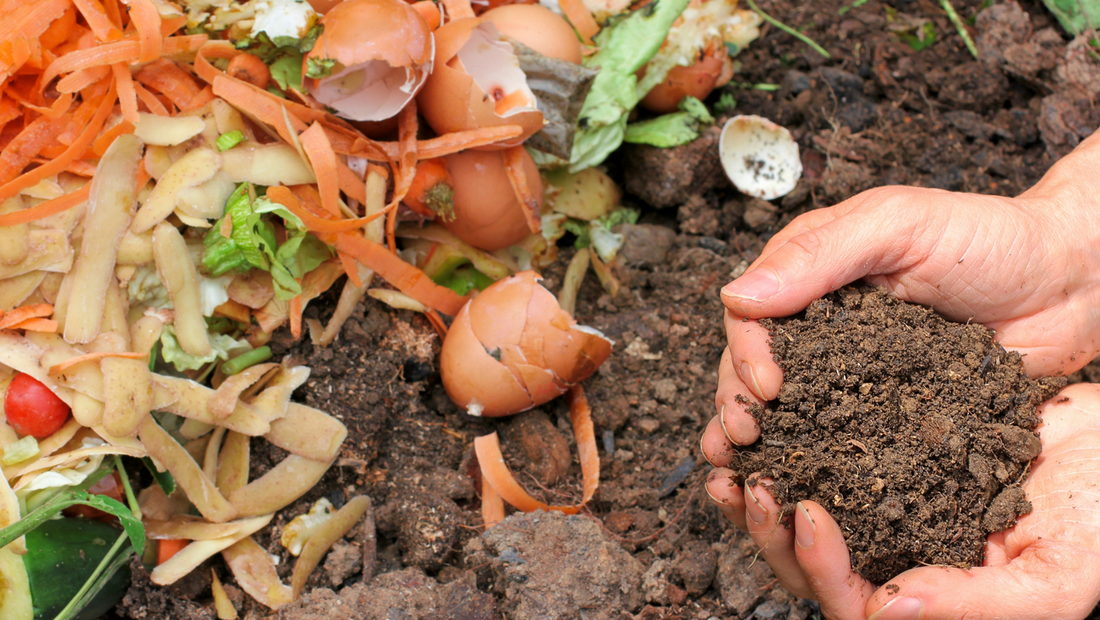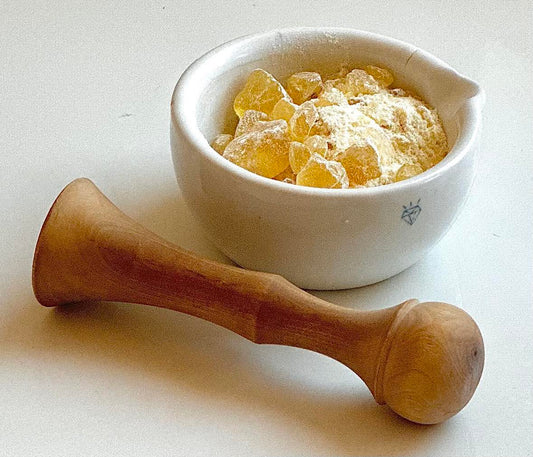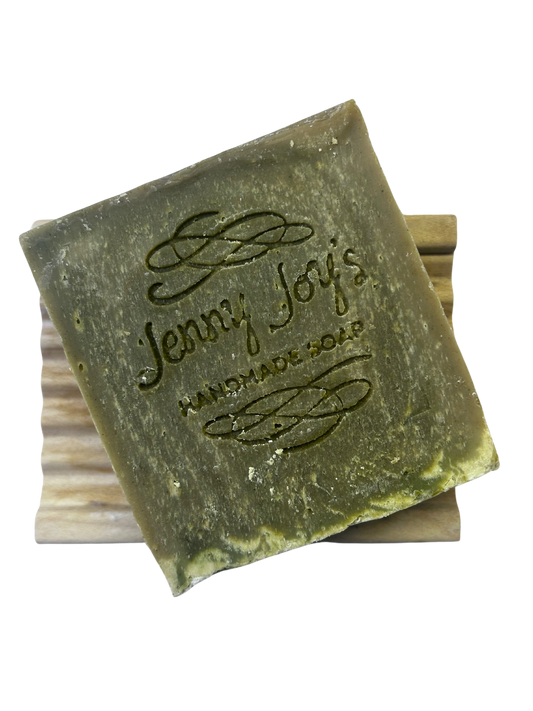Did you know that composting can divert up to 30% of household waste from landfills? That's a significant reduction in greenhouse gas emissions!
Living a sustainable life is not just about reducing waste and conserving resources; it's about nurturing our planet and leaving a positive impact for future generations. Every action we take, no matter how small, can make a difference. One such impactful practice is composting, which not only helps us reduce waste but also enriches the Earth's soil and promotes a healthier environment.
"The greatest threat to our planet is the belief that someone else will save it." - Robert Swan
In this blog post, we will delve into the world of composting, exploring its history, benefits, various methods, and how it can be an essential component of eco-friendly living. Let's embark on this journey together and discover the wonders of composting!
About Composting:
Composting is a natural process that transforms organic materials, such as kitchen scraps, yard waste, and plant matter, into nutrient-rich humus. This humus, also known as compost, serves as a valuable soil amendment that enhances fertility, improves soil structure, and promotes the growth of healthy plants.
Composting mimics the natural decomposition process, creating a sustainable and closed-loop system where organic matter is recycled back into the Earth, reducing waste and conserving resources.
History of Composting:
Composting is not a new concept; it has been practiced for centuries by various cultures around the world. From ancient civilizations using compost to nourish their crops to traditional farming communities embracing organic waste management techniques, composting has a rich history rooted in sustainable practices.
Exploring the historical context of composting provides us with a deeper understanding of its significance and its timeless relevance in promoting a harmonious relationship with the Earth.

Benefits of Composting:
Composting offers a multitude of benefits, both for the environment and for individuals. Let's explore some of these key advantages:
- Waste reduction: Composting diverts organic waste from landfills, reducing methane emissions and alleviating the strain on waste management systems.
- Soil enrichment: Compost enhances soil fertility, structure, and water retention, promoting healthier plant growth and reducing the need for chemical fertilizers.
- Carbon sequestration: Composting helps sequester carbon dioxide from the atmosphere, mitigating climate change and contributing to a greener planet.
- Water conservation: Healthy soil enriched with compost retains water more effectively, reducing the need for excessive irrigation and conserving this precious resource.
- Biodiversity support: Compost nourishes beneficial soil organisms, fostering a thriving ecosystem underground that supports diverse plant and animal life.
Here I would to introduce you to my friend, Carrisa Thoma. She provides workshops related to composting and eco-friendly living. You can visit her website to grab the details. She offers virtual ones, so they can keep an eye out for that. Want to learn more about composting sign up for my friend's newsletter found on my homepage as she publishes compost advice each month in the newsletter. She has various resources about composting which you can download or pay for at a low cost at her Sustainability Shop.
Composting for Eco-Friendly Living:
"Composting is not just about transforming waste; it's about transforming our relationship with the Earth." - Unknown
Composting aligns perfectly with the principles of eco-friendly living. By embracing composting, you actively contribute to:
- Waste reduction: Composting diverts organic waste from landfills, minimizing the production of greenhouse gases and reducing the strain on waste management systems.
- Soil health: Compost enriches the soil, promoting sustainable agriculture and reducing the need for synthetic fertilizers and harmful chemicals.
- Conservation of resources: Composting conserves water by improving soil moisture retention, and reducing the need for excessive irrigation.
- Climate change mitigation: Composting sequesters carbon dioxide from the atmosphere, helping combat climate change and promote a more sustainable future.
My friend posts about composting regularly in her blog post. Subscribe for more insightful knowledge.
Types of Composting:
Composting offers various methods to suit different lifestyles and spaces. Here are some popular types of composting:
- Traditional Composting:
Traditional composting is the most common and widely practiced method. It involves creating a compost pile or bin outdoors, using a mix of organic materials such as kitchen scraps, yard waste, leaves, and garden trimmings. The organic matter is layered and allowed to decompose naturally over time. This method requires regular turning of the pile to provide oxygen and promote decomposition. It is a great option for those with larger outdoor spaces and a steady supply of organic waste.
- Vermicomposting:
Vermicomposting utilizes worms, typically red wigglers (Eisenia fetida), to break down organic waste indoors. Worms feed on organic matter, and their castings, known as vermicompost, are highly nutrient-rich. To start vermicomposting, you will need a worm bin or vermicompost bin, which provides a suitable environment for the worms to thrive. The worms consume kitchen scraps, coffee grounds, tea bags, and other organic materials. Vermicomposting is ideal for those living in apartments, small spaces, or areas with limited outdoor access.
- Bokashi Composting:
Bokashi composting is a fermentation process that breaks down organic matter using a specific culture called Effective Microorganisms (EM). This method can handle a wider range of materials, including meat, dairy, and cooked food scraps, which are typically not recommended for traditional composting. The process involves layering the organic waste in an airtight container and sprinkling it with the EM culture. The waste is then fermented over a few weeks, producing a pre-compost material that can be buried in the soil or added to a traditional compost pile to complete the decomposition process. Bokashi composting is suitable for both indoor and outdoor use and is particularly useful for those who want to compost a broader range of food waste.
- Compost Tumblers:
Compost tumblers are rotating drums or containers designed to speed up the composting process. They provide aeration and make turning the compost pile more convenient. The tumbling action helps mix and break down the organic materials faster, resulting in quicker compost production. Compost tumblers are available in various sizes and styles, from small-scale options suitable for urban gardens to larger tumblers for those with more substantial composting needs. This method is beneficial for those who want to accelerate the composting process and have limited space or prefer a neater and more contained composting system.
- Sheet Composting or Lasagna Composting:
Sheet composting, also known as lasagna composting, involves layering organic materials directly on the ground, mimicking the natural decomposition process that occurs on the forest floor. This method is particularly useful for building new garden beds or improving the soil in existing ones. The layers can consist of various organic materials, such as grass clippings, leaves, kitchen scraps, straws, and cardboard. Over time, the layers break down, enriching the soil and creating a fertile planting area. Sheet composting requires minimal effort in terms of turning or maintaining a specific container.
- Pit Composting:
Pit composting is an excellent option for those with limited space or who want to compost on a smaller scale. It involves digging a pit in the ground and filling it with organic waste. The pit can be covered with soil or a compost cover to contain odors and deter pests. Over time, the organic matter decomposes, and the pit can be emptied, and to answer “What is compost used for” The compost used in the garden. Pit composting is an efficient way to recycle organic waste while utilizing the natural processes of decomposition in a simple and low-maintenance manner.
Each type of composting offers unique benefits and caters to different lifestyles and needs.
How to Do Composting:
People are usually worried about “how to make compost” or “how to compost at home”. Let's embark on your composting journey is easier than you might think. Here are some simple steps to get you started:
- Choose a composting method: Decide whether you want to compost indoors (using vermicomposting) or outdoors (using a compost bin, pile, or tumbler).
- Gather compostable materials: Collect kitchen scraps, yard waste, leaves, and other organic materials suitable for composting.
- Create the compost pile or bin: Layer the materials, ensuring a good balance of green (nitrogen-rich) and brown (carbon-rich) components.
- Maintain moisture and aeration: Keep the compost pile moist but not overly wet, and turn it regularly to provide oxygen to the decomposing matter.
- Monitor and adjust: Regularly check the compost pile's temperature, moisture level, and balance of materials, making necessary adjustments to optimize the process.
Composting offers us a simple yet powerful way to live in harmony with nature and make a positive impact on our planet. By embracing this eco-friendly practice, we can reduce waste, improve soil health, conserve resources, and foster a sustainable environment for generations to come. Let's take a step towards a greener future by adopting composting into our daily lives. Remember, every compost pile starts with a single organic scrap, and together, our collective efforts can create a world that thrives on the principles of sustainability and environmental stewardship.
At Jenny Joys Soap website, we’ve been posting content related to eco-friendly living. Want to read more blogs on our website, click here





